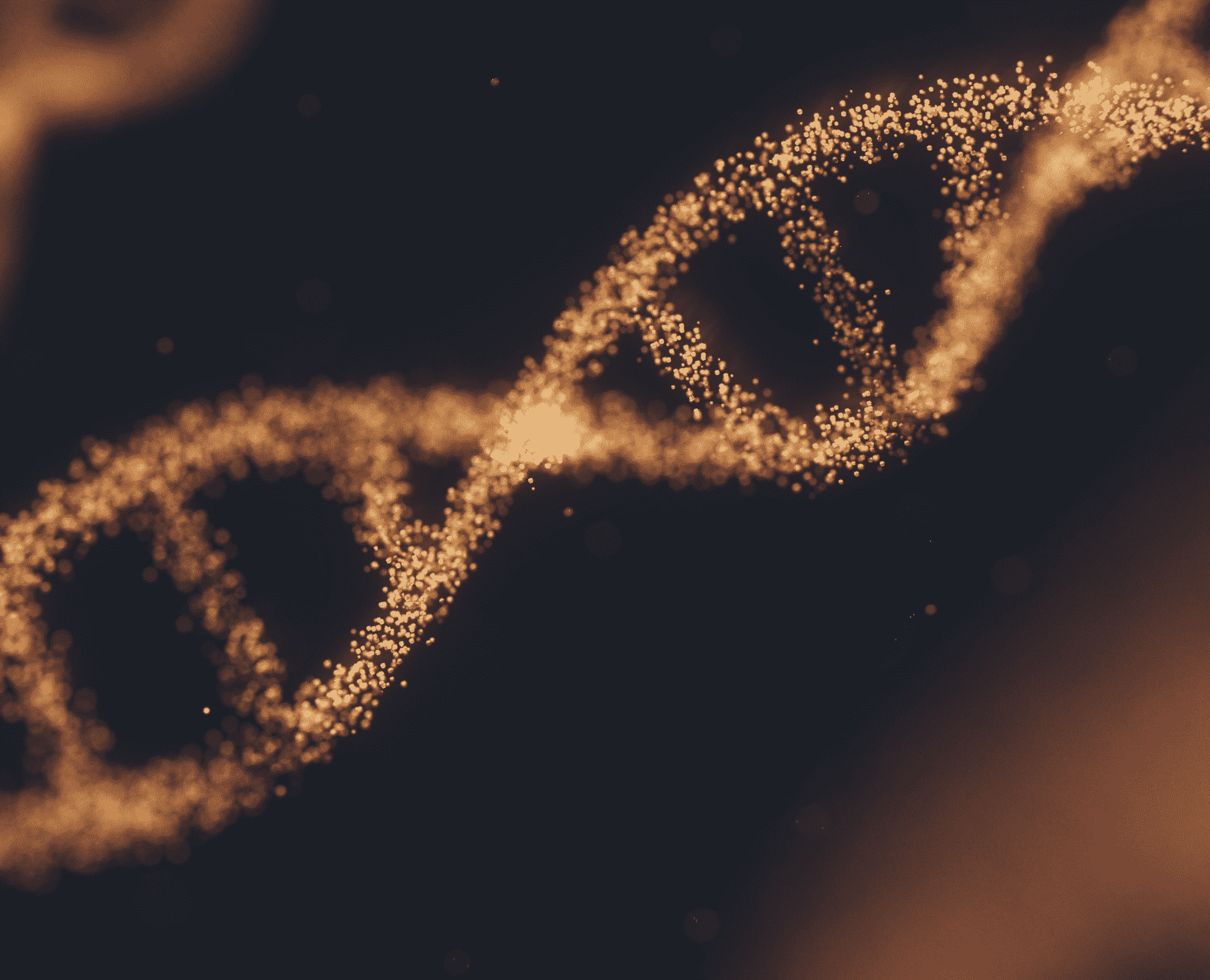Since their publication, the standard brain atlas template data of cynomolgus macaques have been provided free of charge for various research teams at Massachu-setts Institute of Technology, Max Planck Institute, Kunming University of Technology, Shanghai University of Science and Technology, the Second Xiangya Hospital of Central South University and the characteristic medical centers of the PLA Strategic Support Force. These data have been widely used to study the mechanisms of major human brain diseases, explore new targets for drug treatment and develop new neural intervention technologies.
Source: Lv Q, Yan M, Shen X, et al. Normative Analysis of Individual Brain Differences Based on a Population MRI-Based Atlas of Cynomolgus Macaques[J]. Cerebral Cortex, 2020(Suppl 1).
Since their publication, the standard brain atlas template data of cynomolgus macaques have been provided free of charge for various research teams at Massachu-setts Institute of Technology, Max Planck Institute, Kunming University of Technology, Shanghai University of Science and Technology, the Second Xiangya Hospital of Central South University and the characteristic medical centers of the PLA Strategic Support Force. These data have been widely used to study the mechanisms of major human brain diseases, explore new targets for drug treatment and develop new neural intervention technologies.
Source: Lv Q, Yan M, Shen X, et al. Normative Analysis of Individual Brain Differences Based on a Population MRI-Based Atlas of Cynomolgus Macaques[J]. Cerebral Cortex, 2020(Suppl 1).



